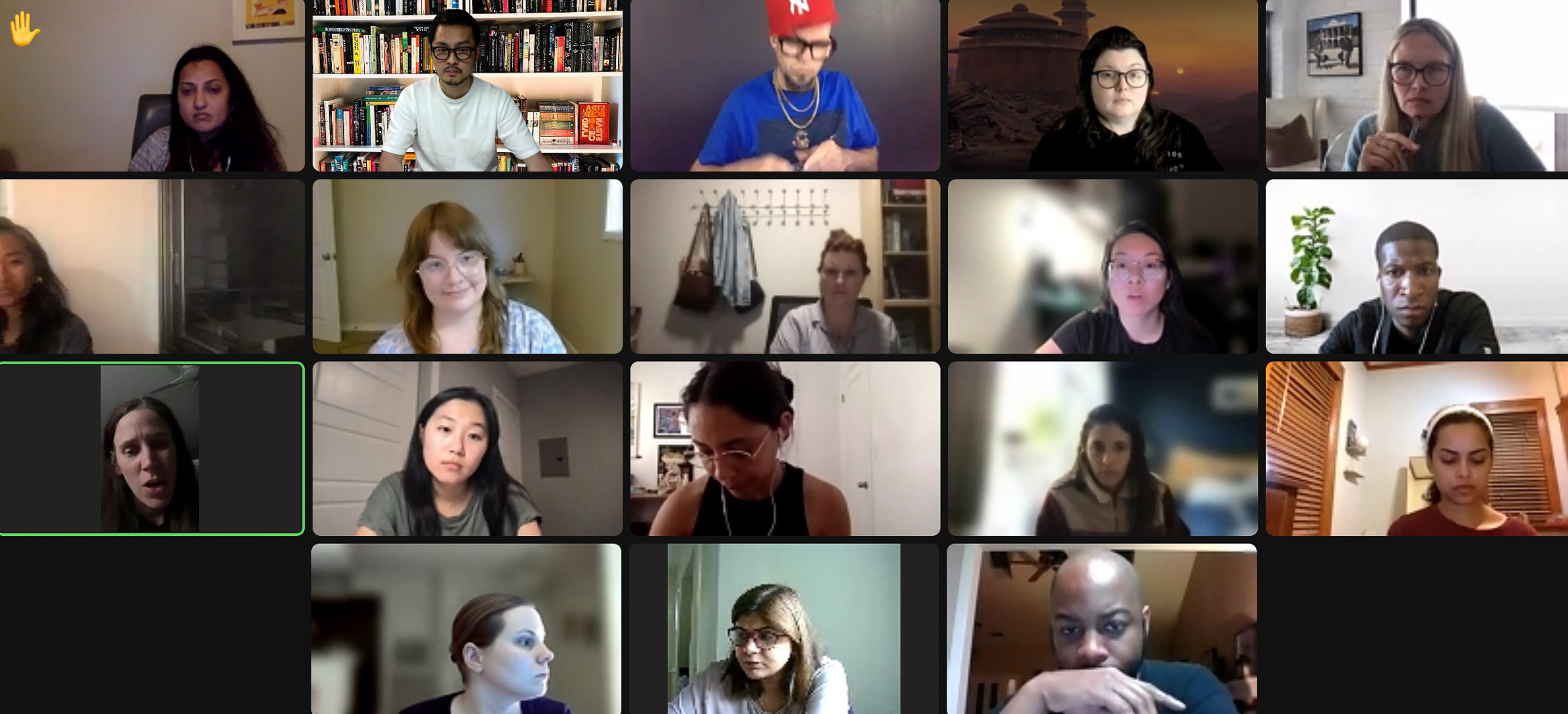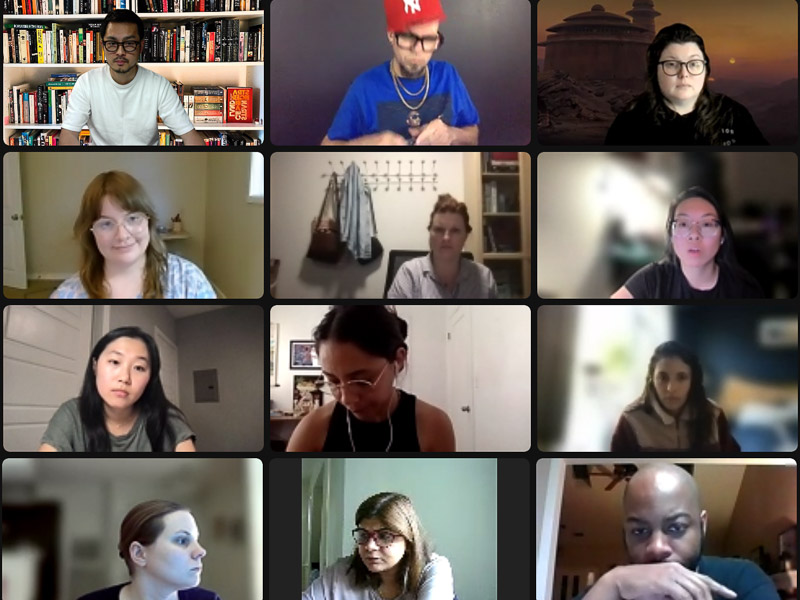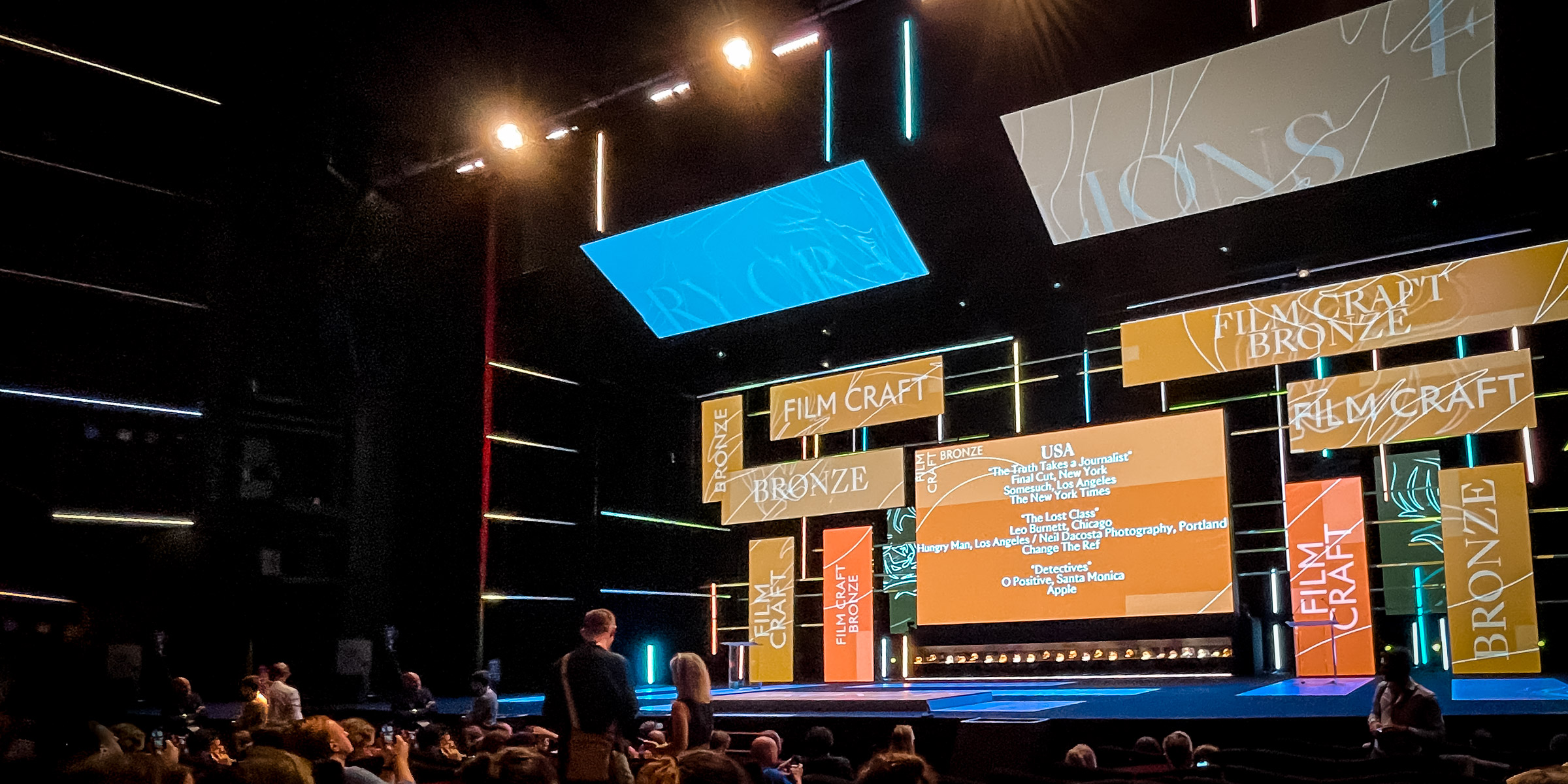From the end of May 2022, Yohey Kawabe, the Editor-in-Chief of anchorstar.com, participated in a 10-week UX design course sponsored by General Assembly (GA). General Assembly is a provider of digital talent development programs with headquarters located in Manhattan, New York. Kawabe, who had no prior experience with the systematic study of design, shares his experience learning new skills that adhere to a global standard of education.
First, what initially sparked your interest in UX design?
What initially sparked my interest in General Assembly (GA) was watching the
company collaborate with Anchorstar on business development. I became curious to
learn about the kind of services that GA provides. I learned that GA offers a variety
of courses related to digital fluency, one of them being UX design. The reason I
chose UX design was because it felt the most relevant to the type of creative work I
have done so far in my career.
As I mentioned in a previous Anchorstar article, the main reason I chose the UX
Design course was because I wanted to update my own products and website to be
able to reach a global audience.
What kind of company is General Assembly (GA)?
GA is a source of digital HR development programs that began in New York City. In
the beginning, it was a service that a coworking space offered, but apparently the
quality was so high and it became so popular that GA decided to make the learning
service their main business.
Initially, GA only offered their services to individuals, but now corporations can take
advantage of their programs as well. This spring, with Anchorstar acting as an
engagement partner, GA plans to launch their services in Japan.
What are the main objectives of people who take GA’s offered courses?
I think there are two types of people who take GA classes: those who want to leave
their current job and make a career change and those who want career growth or
improve their existing skills.
In my opinion, people who are looking to change their career can really benefit from
GA. While GA doesn’t make referrals or directly aid their students with entering a
new career, during class the professor showed us how to create effective portfolios,
so it wasn’t as though there was no support at all.
What specific course did you take?
The class I took is called UX Design Part-Time and the curriculum is intended for
people who have no prior knowledge about UX design. Soon after I applied, I had a
one-on-one interview in English with a staff member from GA's Singapore office.
During this interview, we chatted for around 15 minutes about why I wanted to take
the class, which included discussing next steps I am interested in taking in my
career.
Later, via email, I was informed of several courses that were available to me, which
included UX design. I chose the course time that best aligned with my schedule,
which was a class that took place in Pacific Standard Time (the time zone in the
West coast of the US).
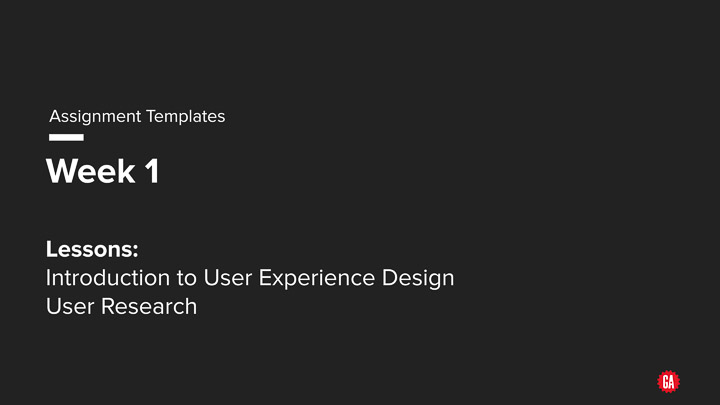
What was the course schedule and structure of the program?
The program began on May 24th. It was an online class that met twice a week for 2 hours at a time. In total, I participated in 40 hours of class time over 10 weeks. Students participate via Zoom meetings and Slack was used for announcements regarding meeting times, assignment information, or other general announcements.
All of the assignments were submitted via Google Classroom, so students were required to have a Gmail account in advance.
During class and for assignments, we used tools such as Miro (a digital whiteboard on which all participants could write freely and collaborate easily) and Figma (a tool for easy prototyping that professional UX designers use).
What kind of people were in your class?
Around 80% of my classmates were women. There were only 3 men out of 17 total students. I did not ask their ages, but I think most people ranged from 20s-40s. Although I participated in the U.S. program, there were also participants from Mexico and Australia, and the class felt pretty multicultural in terms of its demographic make-up.
So what exactly is UX design?
The “UX” in UX design stands for “User Experience.” User experience refers to the experience that a user has while engaging with a product or service. In other words, UX design is about designing a product or service to provide users with the best possible experience.
UX designers use a clear, four-step framework called the “double diamond” to create and deliver designs.
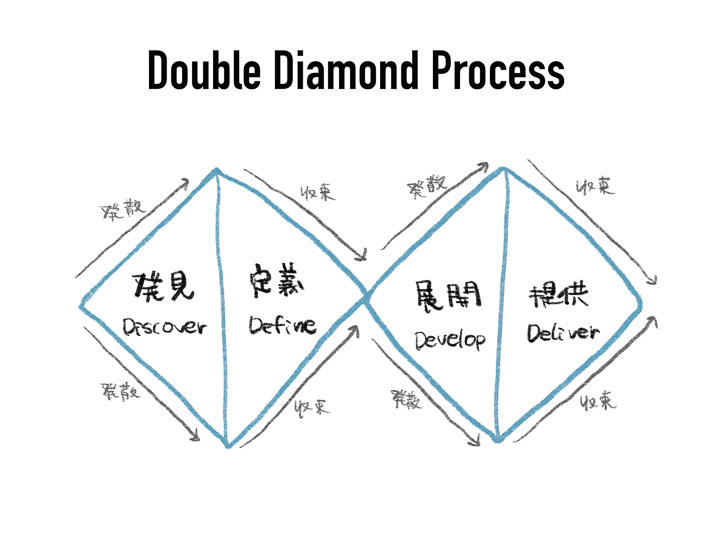
The diagram is read from left to right. In the Discovery stage, users are interviewed to gather information and to identify problems and issues. Next, the Definition stage, the information gathered in the Discovery stage is analyzed to determine what actions should be taken. Following, in the Develop stage, various solutions are considered based on the previous research. Lastly, in the “Provide” stage, the solutions are narrowed down and a final design is proposed.
Sometimes, when people hear the word “design”, they imagine using an artistic or expressive approach, but in the case of UX design, there are very solid frameworks and rules that effective designers need to follow.
What kind of work does a UX designer do?
If a business company is developing its own service, it will often send out a series of surveys to potential service users (people who are not currently users but are likely to become users in the future). A UX designer can use the results of these surveys to improve the service. In the case of freelance workers, a UX designer can support a company’s service and designs from a uniquely UX design perspective. As professionals who are familiar with frameworks and methods, they can enhance the user experience for client companies.
What else did you learn from the UX design course?
In the course, I learned how to conduct an effective interview, how to build a user persona (building the ‘expected user’ by finding commonalities in demographic data like why they decide to buy the product, what kind of life they lead, how old they are, etc.) How to develop ideas that your personas would want to use, how to use design software, and how to conduct online usability testing (i.e., testing the product to see how people actually use it). Online usability testing includes recording how a person uses a website, app, etc., and interviewing them about their user experience. In short, I learned a lot in just 10 weeks.
What is the format of the class?
Each class is divided into two, hour-long sessions, each facilitated by the instructor. Discussions and group work are offered in both the first and second parts of class. Every class provides an opportunity to interact with the other classmates.
At the end of the class, an assignment is presented, which students are required to submit by the following week. At the end of the 10-week class, all the students present a final project on a topic related to UX design. This project must be a result compounded from the homework assigned during the 10 weeks. In other words, if you do not complete your daily assignments, you will not be able to participate in the final presentation.
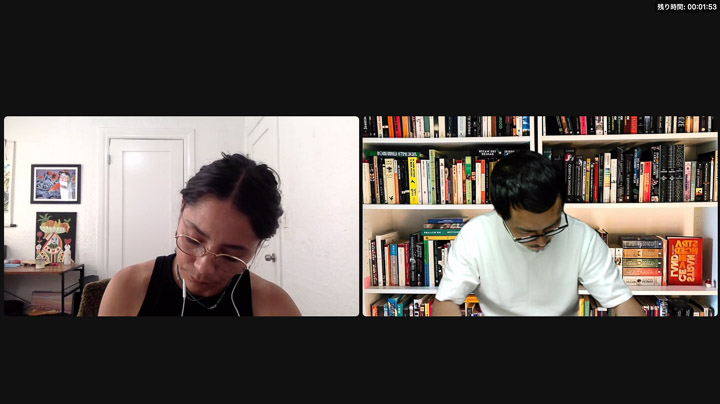
What are some of the most memorable lessons you learned from this course?
My most memorable experience in the class was right after the course had ended. I had attended all the classes, so I assumed that I had successfully finished the course. However, I was informed that I had to resubmit my assignments because I had not met the score necessary to complete the course.
Although GA is a program offered by a private company rather than a public educational institution, it adheres to the same, strict international standards as universities abroad. Essentially, a student cannot successfully complete the class unless they have met all the standards outlined by the course. In this sense, I felt as though GA believes in following a universal standard.
Why do you feel that this was an important lesson?
In the past, whenever I wanted to learn something new, I was overly concerned about status. I would be tempted by labels that sounded good, like graduating from a famous university or living abroad. However, after taking the GA course, I came to the realization that what really matters is whether or not you have knowledge and skills that are useful on a global level. Although the course had strict standards, I realized from this experience that acquiring skills on a global level were what I needed to truly advance my career.
What does it mean to have skills on a global level?
I think global standard skills are skills that can be used anywhere in the world. For example, in building design and construction, it’s important to have specialized knowledge and skills that can be used in any company, anywhere in the world.
Whether it’s UX design, data analysis, or digital marketing, having shared and common knowledge in a company is necessary. Regardless of language, it’s incredibly useful to be able to communicate with a knowledge and vocabulary that can be understood on an international level.
Why is it important to have skills on a global level?
If everyone within the same field has skills that can be implemented and conveyed on a global level, then we may be able to see collaborative work and work mobility (job change, mid-career hiring, etc.) on an entirely new scale.
Further, if a company wants to expand its market globally, beyond Japan, it is essential that employees can communicate and engage with the perspectives of overseas markets and business partners.
How does GA ensure that their courses are “world-class”?
GA instructors are people that currently work for well-established companies. The quality of learning from a professional who is active in their field is completely different from an instructor who has retired. While it depends on confidentiality rules, one of the most gratifying things during the course was being able to hear about case studies and having an instructor say, “By the way, our company experienced what happened in this case study.”
I believe that since these instructors work at the most relevant and competitive companies, by extension, the education they offer is also at the cutting-edge of the industry.
What did you gain from this experience?
I am now able to talk about UX design with more confidence. In 10 weeks, I was able to learn an amount of content that might have taken me over a year in an average college course. It was also interesting to realize that no matter where you are in the world, learning something new is difficult. I realized that my classmates and I had the same kinds of problems and stresses as we took this course. It was nice to see people encourage and help one another out as we worked to complete the course.
Do you believe it’s possible to learn new things as an adult?
Of course! In fact, I myself have been learning a lot as an adult. After 10 years of working, I attended two graduate schools and applied to GA right after that. If I don’t keep learning, even while working, I can’t keep up with the changing market. If I don’t maintain a positive attitude towards new ideas, I might get stuck in my ways and act that way in potential learning environments. I believe that all adults should have the humility to ask someone to teach them something new.
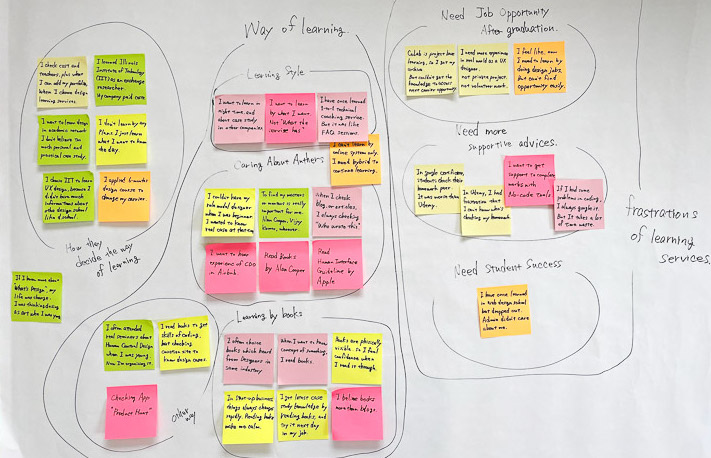
Did you have any challenges during your experience with the course?
I had assistance from many people in the process of completing this course. I’ve heard that, “colleges in the United States are easy to get into but difficult to graduate,” and this course gave me a taste of that experience firsthand.
Can you recall a specific event?
As previously mentioned, towards the end of the course, I found out I was one point short of the score I needed to complete the course. I resubmitted the assignment, but I accidentally submitted it to the wrong place. It was all my fault, but by explaining the situation carefully and discussing it thoroughly, I was able to fix my mistake. It was a huge reminder how important it is to do the assignments properly.
Additionally, just like in American colleges, the final grade is dependent on completing the syllabus requirements.There are many other requirements besides attendance, such as whether or not all assignments have been submitted. The evaluation criteria (rubric) is made available to students, and I found it to be a very fair system.
What kind person would you recommend to take this course?
As far as UX design is concerned, I would first recommend this course to anyone who uses any kind of “design” in their place of work. Whether it’s commercial products, printed materials, websites, apps, etc. I’d also recommend it to anyone in a company that has its own in-house UX designers and developers because I think it will raise the level of quality of work. There were many designers and people with graphic design backgrounds who attended the course because it is their job to understand the needs of the client.
I understand that GA also offers its services to corporate clients. What kind of companies would you recommend to consider this course?
I would recommend GA to companies that want to provide their employees with business skills and learning opportunities that can be applied overseas. I believe that many people in younger generations, who are working in the field right now, are very discerning. When they are looking for a job or changing careers they care about what they can learn and gain from companies. Companies that actively seek change and continue to evolve by hiring new employees will be attractive to this younger generation. If the skills of employees are of a global standard, the direction of the company will become clearer, and the company will not have to worry about what kind of people it will need.
And for the last question, are you going to be a world-class UX designer as well as an editor-in-chief?
I aim to be the editor-in-chief who understands UX design! I took this class not with the intention of becoming a UX designer, but because I wanted to understand the method of implementing UX design. Rather than looking for a job in UX design, I would like to make the most of this new knowledge in my current career.


